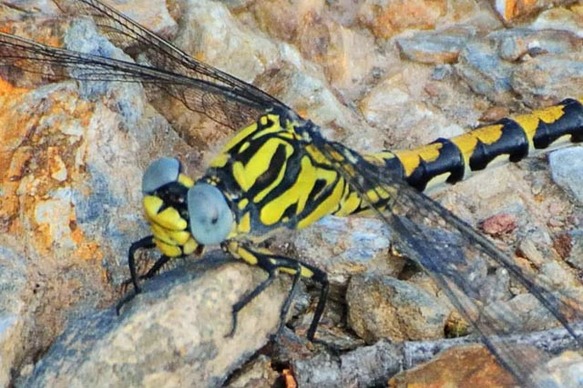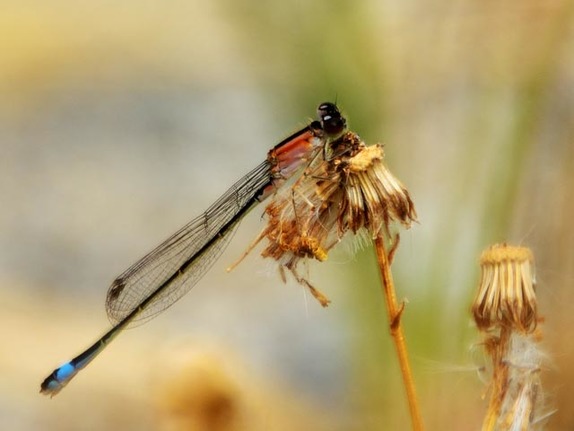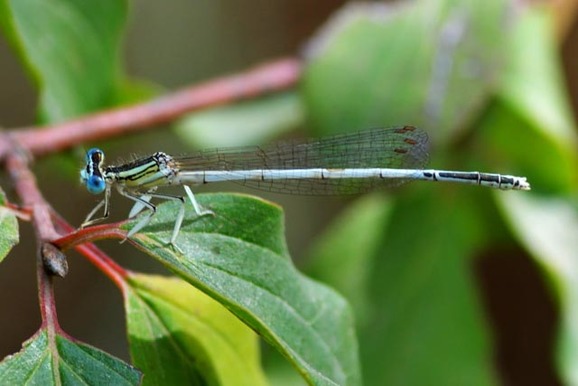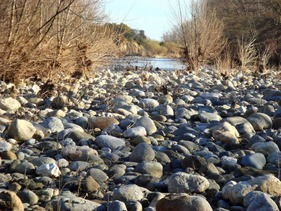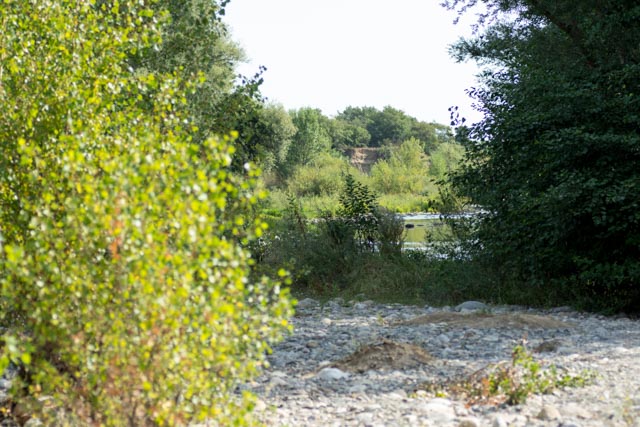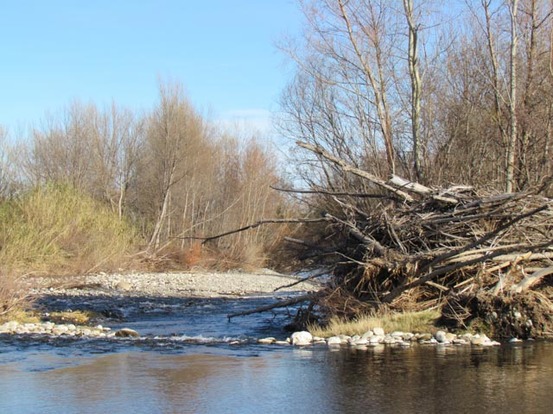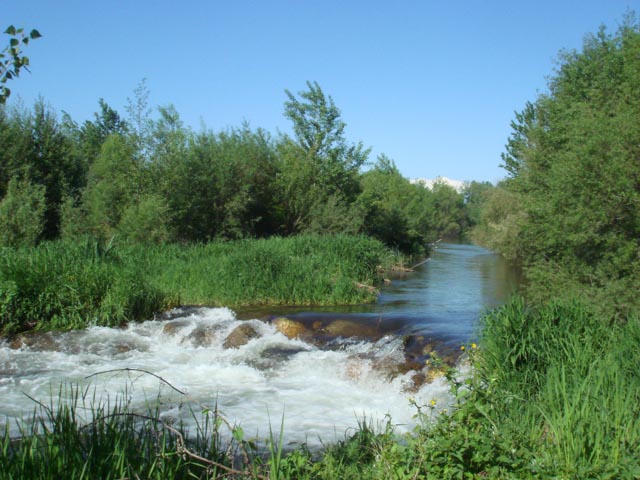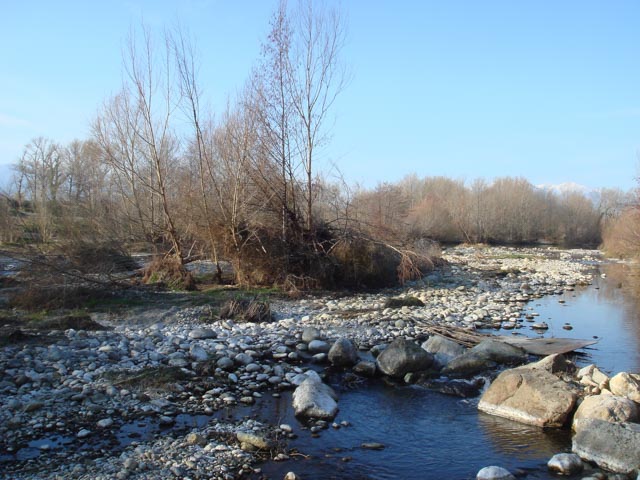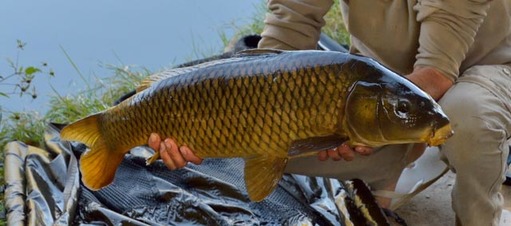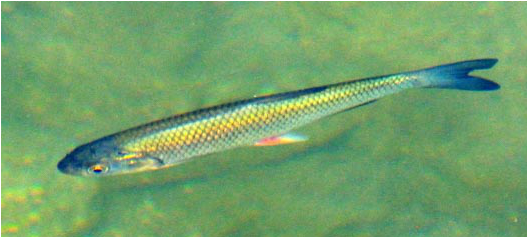While I have always known that certain dragonfly species like certain habitats, I did not realise what a difference even small changes can make. Sometimes, usually I suppose, these changes can be gradual, but sometimes they can be dramatic.
Recently I visited two small areas by the river Tech, which I hadn't been to for about a year. I was very surprised to find that in one place there were no dragonflies at all, and in the other there were very few. In each location I had seen around 15-20 different species in the past. One would not necessarily expect to see them all at the same time, but even so to see none at all was quite a surprise.
This set me thinking - why should there have been such a change in a relatively short period of time? After all, there had been no major weather events in the last year.
What I believe had happened was that the riverside vegetation had grown rapidly and the change had caused the dragonfly and damselfly populations to move to more acceptable locations. The ones I had previously seen here were all species that liked fairly slow flowing or still water, with vegetation on the bank that was quite low, offering plenty of places for them to perch in the sunlight.
One damselfly that seems to have moved on is the attractive Common Bluetail.
Another very common damselfly now absent from that particular spot is the White Featherleg.
As an example of slow changes, these two photographs taken from roughly the same place, and under two years apart, show the extent to which vegetation has grown in a shortish period of time. Even though the seasons are quite different you can see how much growth has taken place.
When a major weather event arrives, such as a big storm or a prolonged period of heavy rain, it is not surprising that the habitat, and the species in it, change.
As an example of this, during the winter of 2010/11 there was a period of prolonged rainfall resulting in enormous amounts of water coming down the river Tech from the slopes of Canigou. These floods caused the level of water at Le Boulou to rise 6 metres above its normal level. This meant that the weight of water rushing through the river basin caused even large trees to be swept away, which in turn devastated the lesser vegetation on the river banks. Even local landmarks such as large trees and bushes disappeared.
The following photos were taken from the identical place before and after the big inundation. From lush growth to absolute desolation - note Canigou peeping up in the background.
